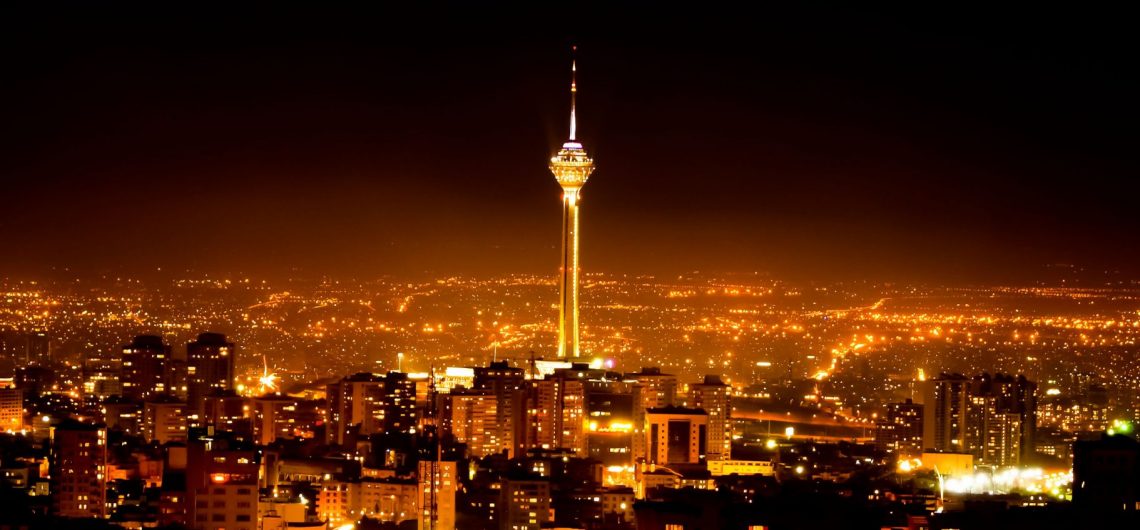Tehran is the capital and largest city of Iran. It has a population of 8 million and is the 25th most populous city in the world. This city has many places, no matter what the traffic, and its air pollution, it is a sight to behold.
Saad Abad Historical Cultural Complex is a collection of mansions and palaces built in Darband, the northern most affluent and most humid area of Alvand, on a land of 2 hectares. The complex has about 1 hectare of natural forests, springs, aqueducts, gardens, greenhouses and streets. It is bounded on the north by the Alborz Mountains, on the east by Gulab Dare, on the west by Velenjak and on the south by Tajrish. The Jafarabad River runs through the palace. The average annual temperature in the region is estimated to be 12.9 degrees Celsius, and is 1650 to 1800 meters above sea level. During the first Pahlavi period, the whole of Saadabad Gardens was drunk by the Darband River; However, during the Second Pahlavi period, twelve old and newly constructed aqueducts were used to irrigate the river at half-time, and the river was not sufficient for irrigation throughout the complex. The Saadabad complex has spent four historical dynasties: in Qajar, Pahlavi I and Pahlavi II and after the Iranian Revolution. Saadabad was built in the Qajar dynasty and was the summer residence of the kings of this dynasty. After the coup d’état and its capture by the Akbari dynasty, numerous buildings and mansions were built on it, amounting to 18 palaces in various dimensions. Each of the buildings was the residence of a Pahlavi dynasty. Mohammad Reza Pahlavi also settled in the area in the 1971s, which was completed during his early reign. The newest palace in this collection is Leila Pahlavi’s palace, which belonged to the youngest daughter of Mohammad Reza Pahlavi. After the victory of the Revolution, the collection was transformed into a museum, but the current Presidential Palace is adjacent to the collection. The Queen Mother’s Palace, which belongs to the presidential organ, has also been used to accommodate foreign guests.

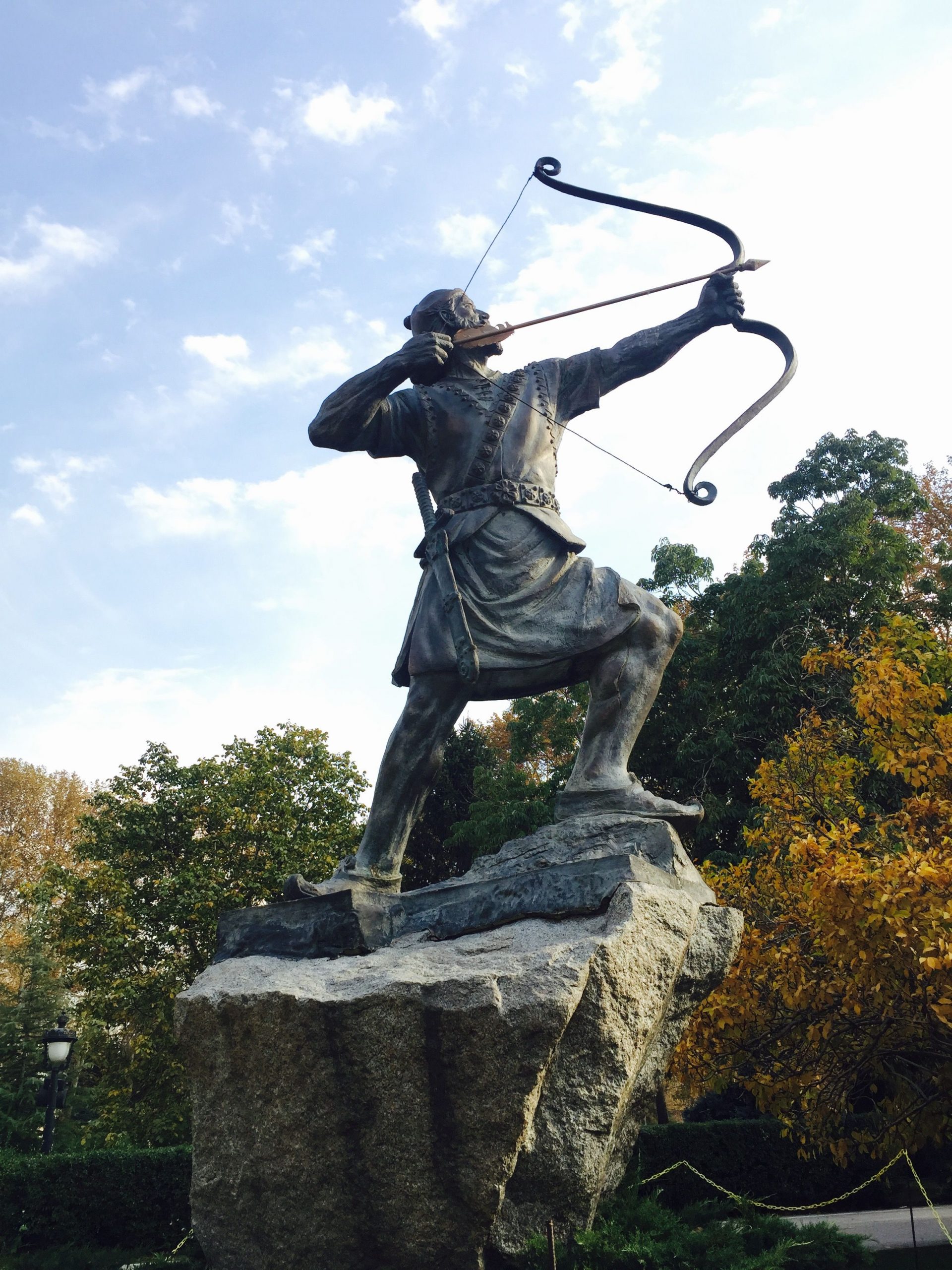
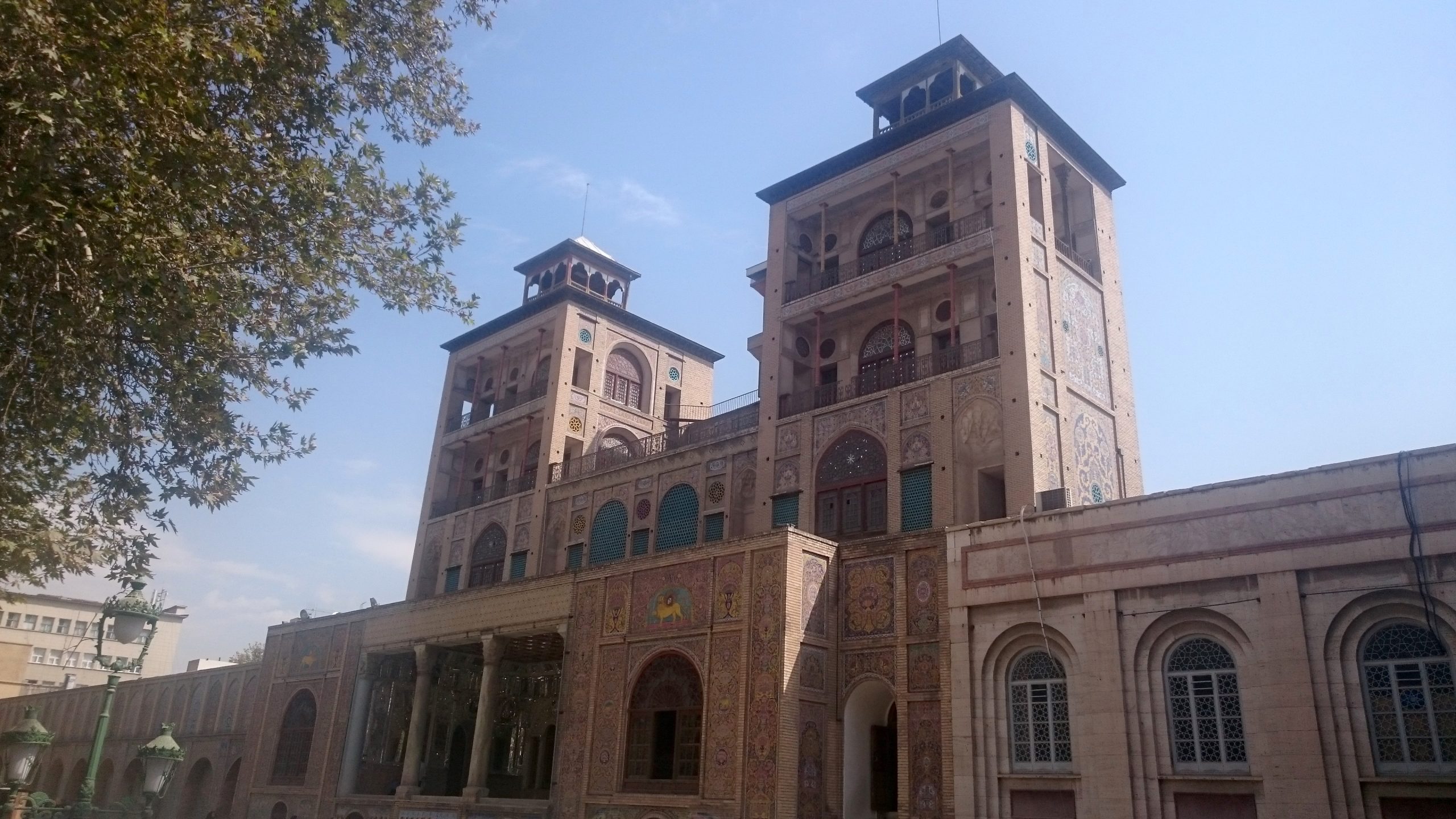
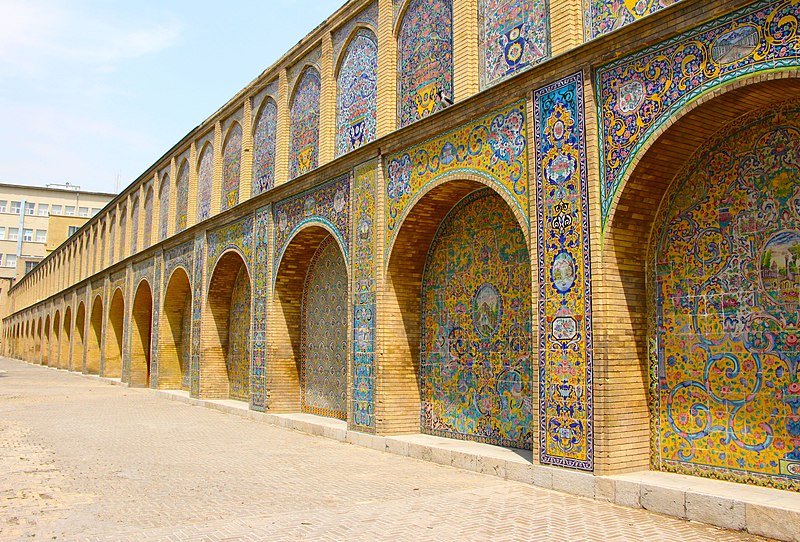
Golestan Palace is one of the most unique historical collections of Iran for over 5 years. The name of Golestan refers to this complex originated in the Golestan Hall, which was built by Aga Mohammad Khan of Qajar and was completed in 1801 in Fath Ali Shah Qajar reign. The Golestan Palace has undergone changes from the Safavid period to the contemporary era. However, the Golestan palace was founded in the reign of Shah Abbas Safavid in the year 1590, with the construction of four gardens inside the fence of Shah Tahmasb and later in the reign of Shah Suleiman Safavid (1667-1697) with the construction of a court house there, the Chenaran range of Shah Abbasi is formed but today there is no trace of those foundations. Existing possessions of the Golestan Palace have been limited to some of Zandieh’s works and buildings from the earliest times. The palace has seen many crowns. Ahmad Shah, Muzaffar al-Din Shah, Reza Shah and Mohammad Reza Pahlavi inaugurated the Royal Crown. The Golestan Palace was registered as a UNESCO World Heritage Site on June 23, 2013 at the 37th annual meeting of the UNESCO World Heritage Committee in Phnom Penh, Cambodia.
Niavaran Palace is the name of a historical cultural complex in the north of Tehran, one of the spectacular attractions of the capital. Niavaran Palace was the residence of the last king of Iran with his family. It is the only royal building in Iran whose roof is designed to be opened. During his reign, Mohammad Reza Pahlavi ordered the demolition of small garden buildings and the construction of a modern palace to house himself and his family. Until leaving Iran, he lived in the same building and used the Sahebqaraniyeh as his workplace. The palace, was nationalized on May 27, 1998, No. 2025. The Iranian Museum of Music is one of the museums of Tehran province. The Museum of Music is located in Tajrish Square, Maghsoud Bek Street, Museum Street. The museum, with an approximate area of 3650 meters and a basement of more than 1400 meters, was inaugurated on November 13, 2009 with the aim of preserving the national music heritage, introducing the works and productions of the past and honoring the professors and pioneers in the field of music. The Museum of Music holds about 240 instruments of 200 different types and includes various sections such as the showroom (percussion, string, wind, traditional and stringed areas), museum treasures, audio and video archives, specialized libraries, the construction stages workshop. A warehouse of optimized storage, a repository of written products, a coffee shop, and an audiovisual section. It should be noted that the museum purchased some of these instruments and borrowed some, and some are donated to the museum.
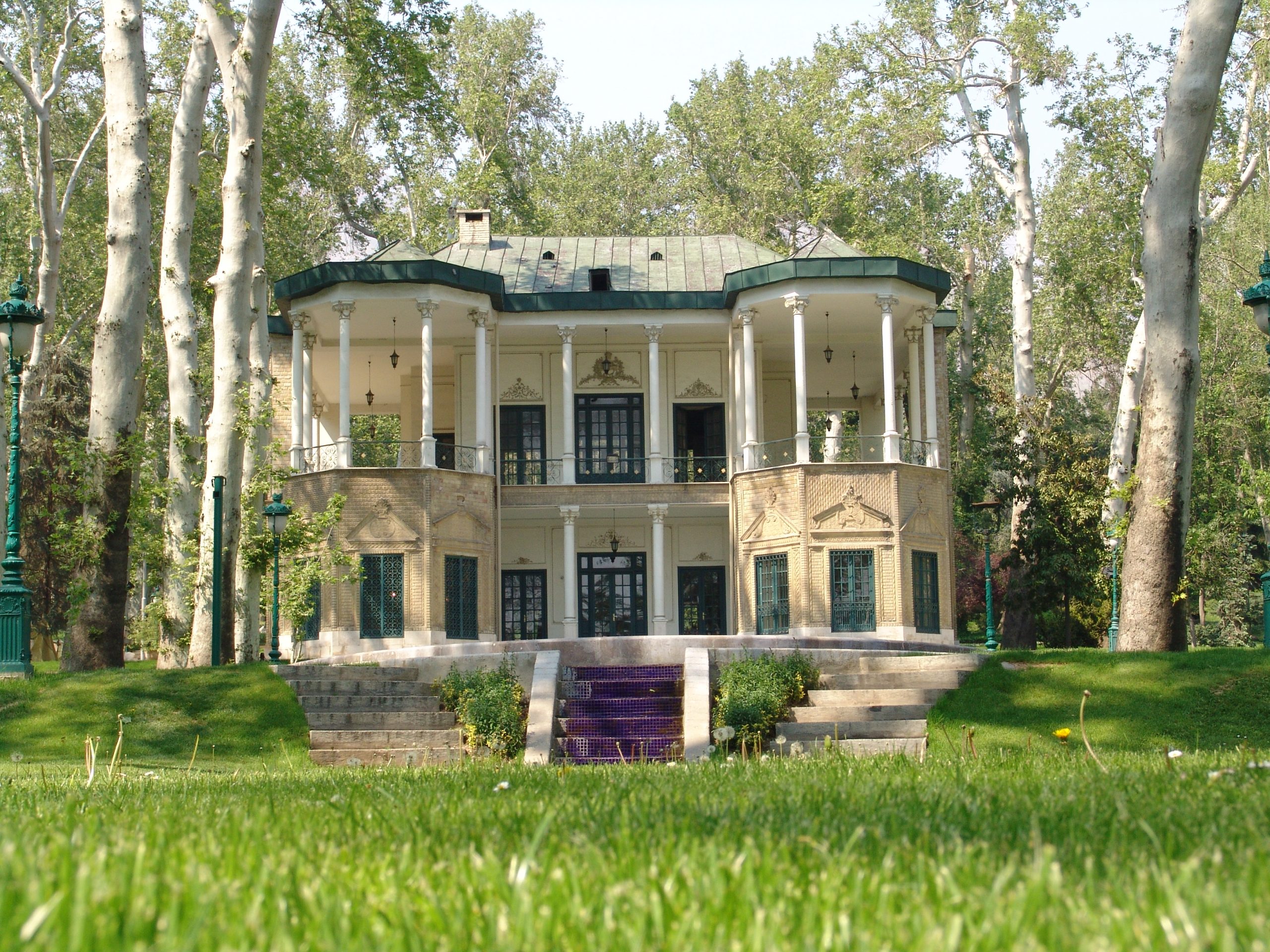
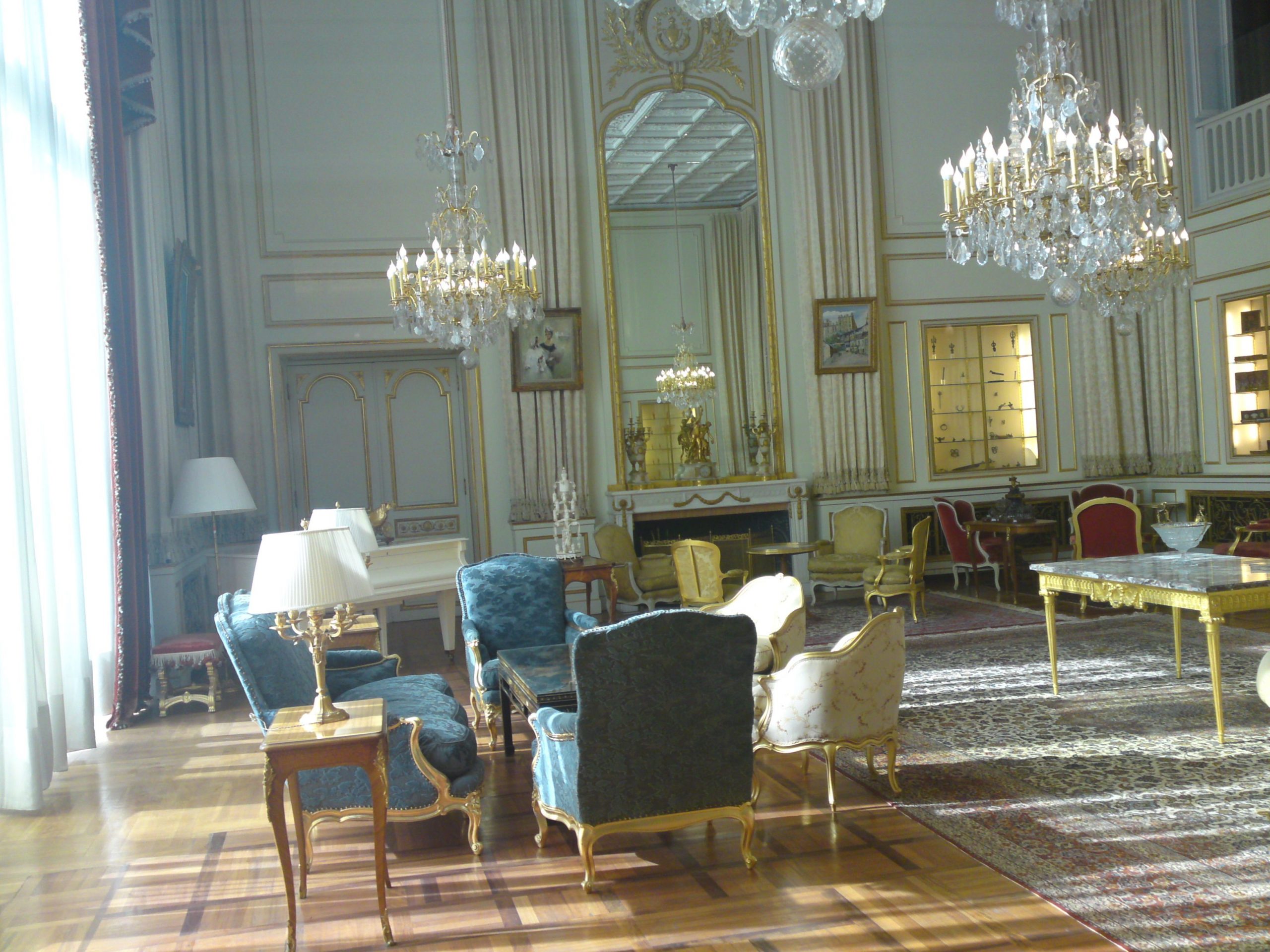
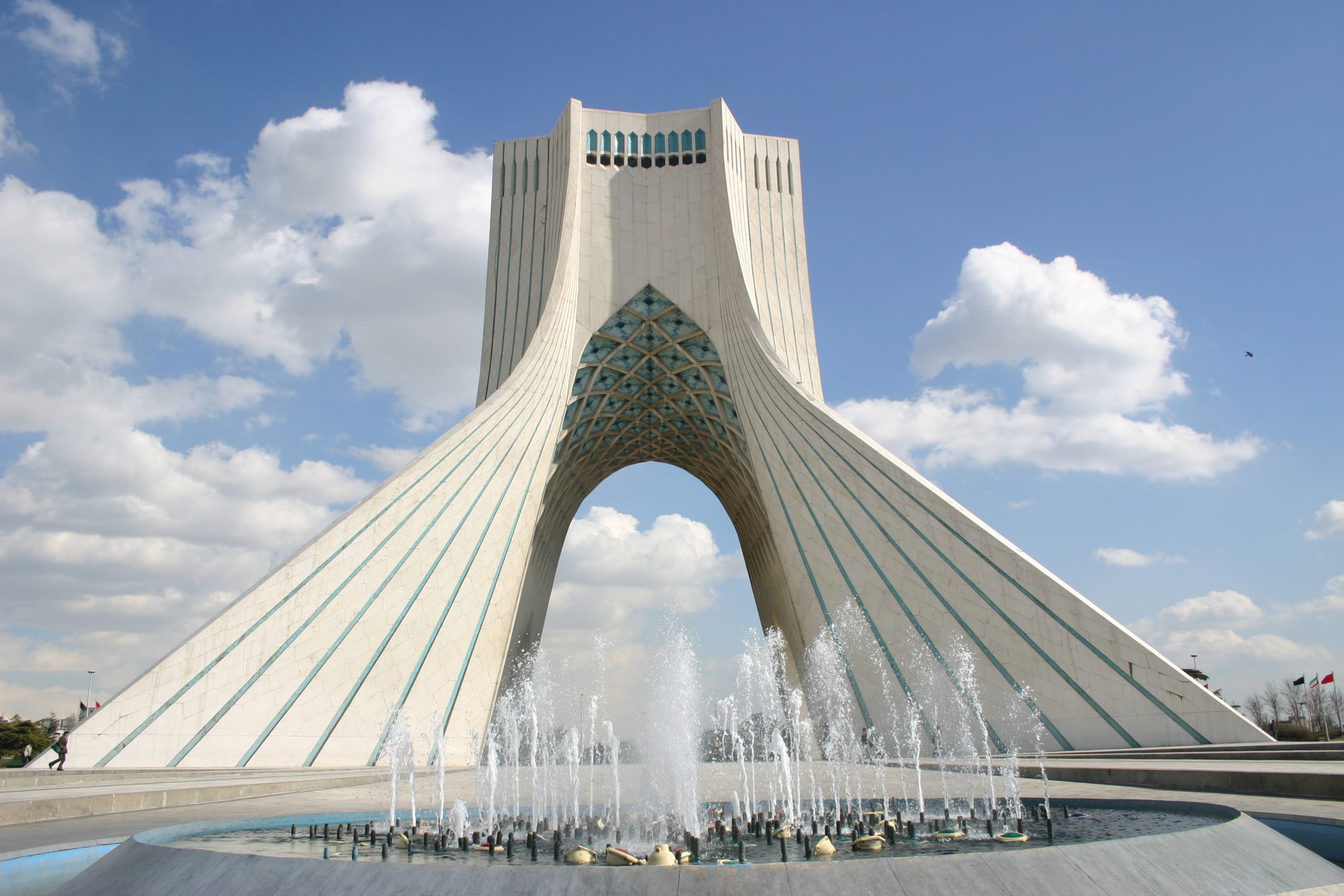
Azadi Tower is a symbol of Tehran which was designed and built in 6 years by Iranian architect Hossein Amanat in commemoration of the six years’ anniversary of the Persian Empire. Before the revolution, this tower was known as the “Shahyad Tower”, now known as the “Azadi Tower” and means “Tower of Freedom”. The architecture of the Azadi Tower is a combination of Achaemenid, Sasany and Islamic architecture. The three-storey building has four elevators, two stair ways and 286 stairs. In the basement of Azadi Tower, there are several theaters, galleries, libraries, museums and more. The building is 63 meters long. Azadi Square is the largest (50000 square meter) square in Iran, after the Naghsh-e Jahan Square (89600 square meter), which is the largest square in Iran.
Tehran Milad Tower is a multipurpose telecommunication tower located in northwest of Tehran, the capital of Iran. It is 435 meters high, the tallest tower in Iran, the sixth tallest telecommunication tower in the world, and the 19th tallest in the world. This tower with13,000 meters of foundation is the first of all telecommunication towers in the world in terms of extent of use of tower structure. Milad Tower is almost everywhere in Tehran due to its very tall and different appearance and is therefore one of the symbols of the Iranian capital. The first floor of this complex covers an area of 4600 square meters as a safe area in times of crisis and fire and the second floor is the site of mechanical and electrical installations. On the third floor there is an indoor viewing platform of 880 square meters as well as a municipal museum. The museum holds various gifts donated from different municipalities to the municipalities of Tehran. The fourth floor of the tower cafeteria is 860 square meters. There is also the Museum of Ancient Coins, which includes coins from various eras, repatriated by a personal collector. The fifth floor of the Milad Tower is the Museum of Fame. The museum is the first Iranian museum to display the statues of the great figures in silicon. On the sixth floor is the largest restaurant in the world. The restaurant has a capacity of more than 400 people and includes a moving part and a stationary part. On the seventh floor, there is a 3,000-square-foot open-plan viewing platform and visitors can see the city’s highlights through the cameras. The eighth and ninth floors are where telecommunications and television equipment is stored. The tenth floor is a special restaurant for formal guests and is equipped with state-of-the-art facilities. Eleventh floor is intended for the installation. On the 12th floor of the sky dome is a 13-meter-high glass canopy of art by Reza Yahyaee and has given it a special beauty.
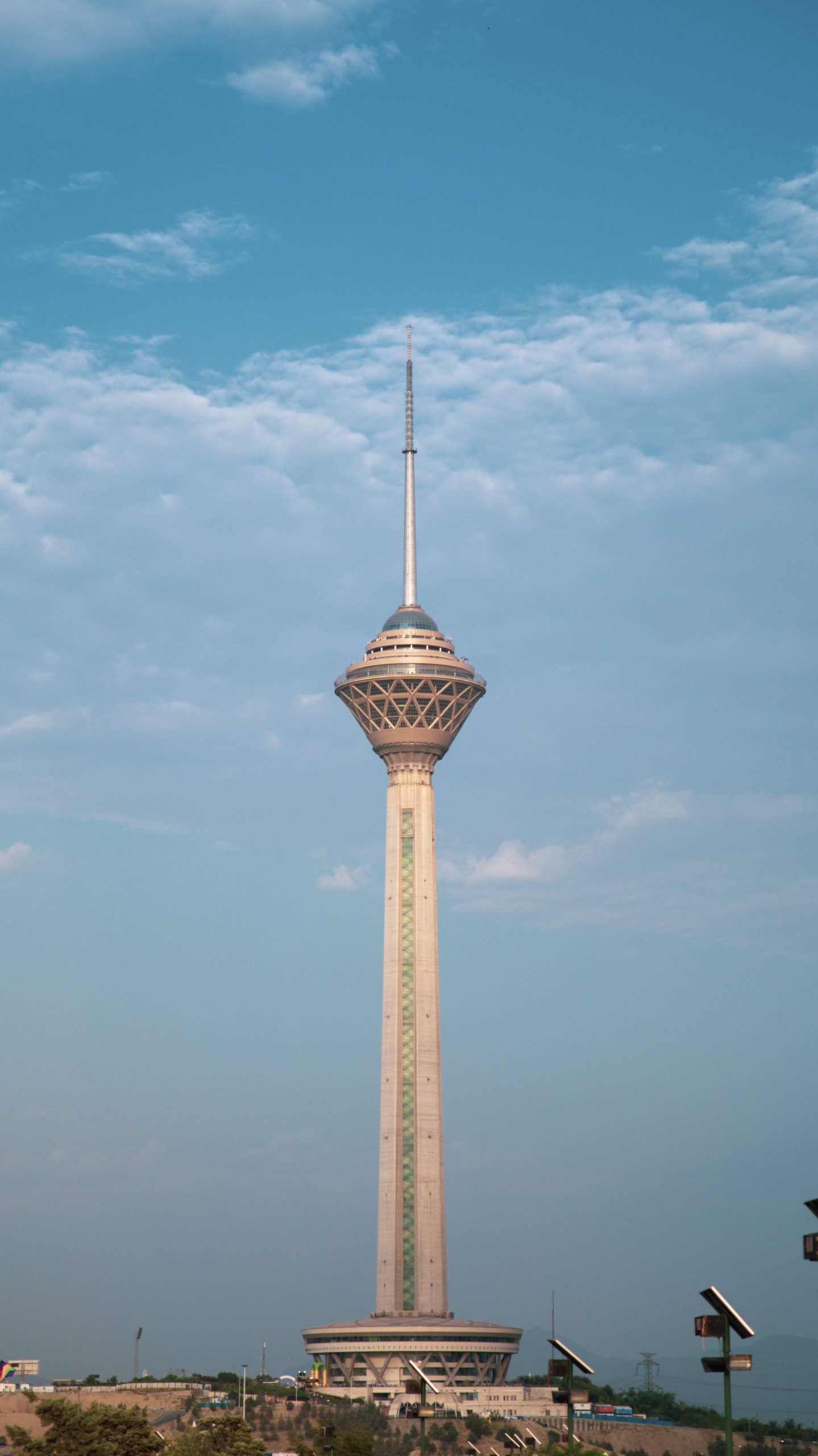
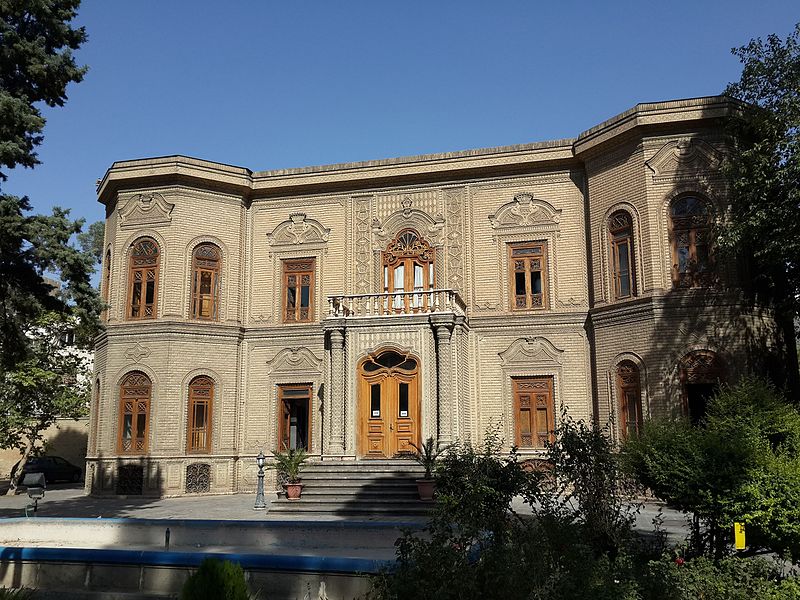
Abgineh Museum is one of the museums in Tehran. This building is a historical house from the Qajar era and is located in Tehran, Si Tir Street. This work has been registered as one of Iran’s national monuments on May 11, 1998 with registration N0. 2014. The Glass Museum is a specialized museum of glass and ceramics. The interior was designed by Austrian architecture with a variety of showcases and is perhaps one of the most visited museums in Iran due to the way it is built and the architecture, lighting and objects it holds. The facade of the building is varied in its brickwork and its architecture and decoration alone are attractive. The museum consists of two floors with five halls, where glass and pottery from the pre-Islamic and Islamic era are on display. The oldest object in the museum is a glass cylinder that was discovered from the Choghaznebil Temple and goes back 2,000 years.
The Iranian Garden is a garden whose form and structure is unique to the Iranians. The Garden of Iranian Gardens is located in Sheikhbahi Street in the old neighborhood of Deh Vanak, Tehran. This garden was an old garden with elements of traditional architecture restored, and the greenery was designed based on the pattern of trees and flowers. The main gardens, Chenarestan, Sarvestan and Axial Fountains, the West and East Public Library, the children’s playground, the outdoor playground, are the structures and facilities of this garden. Also, the features of the garden of the Iranian garden can be adapted to make the passages easier for the disabled to use.
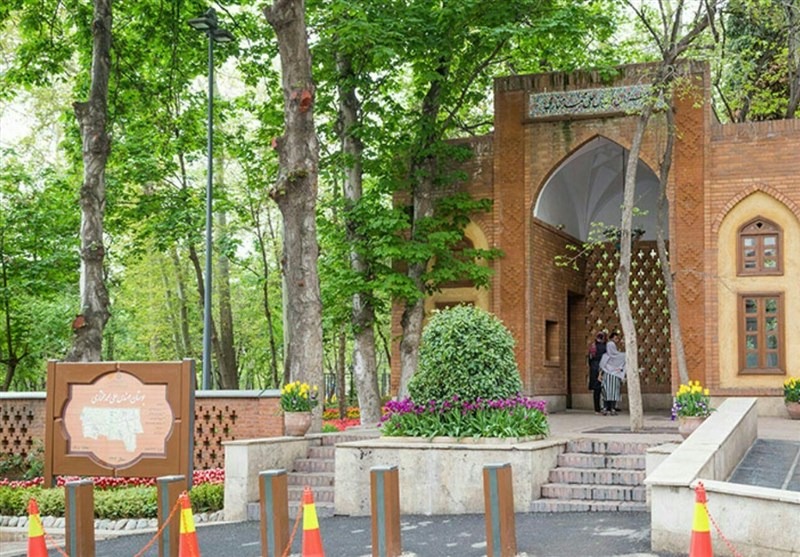
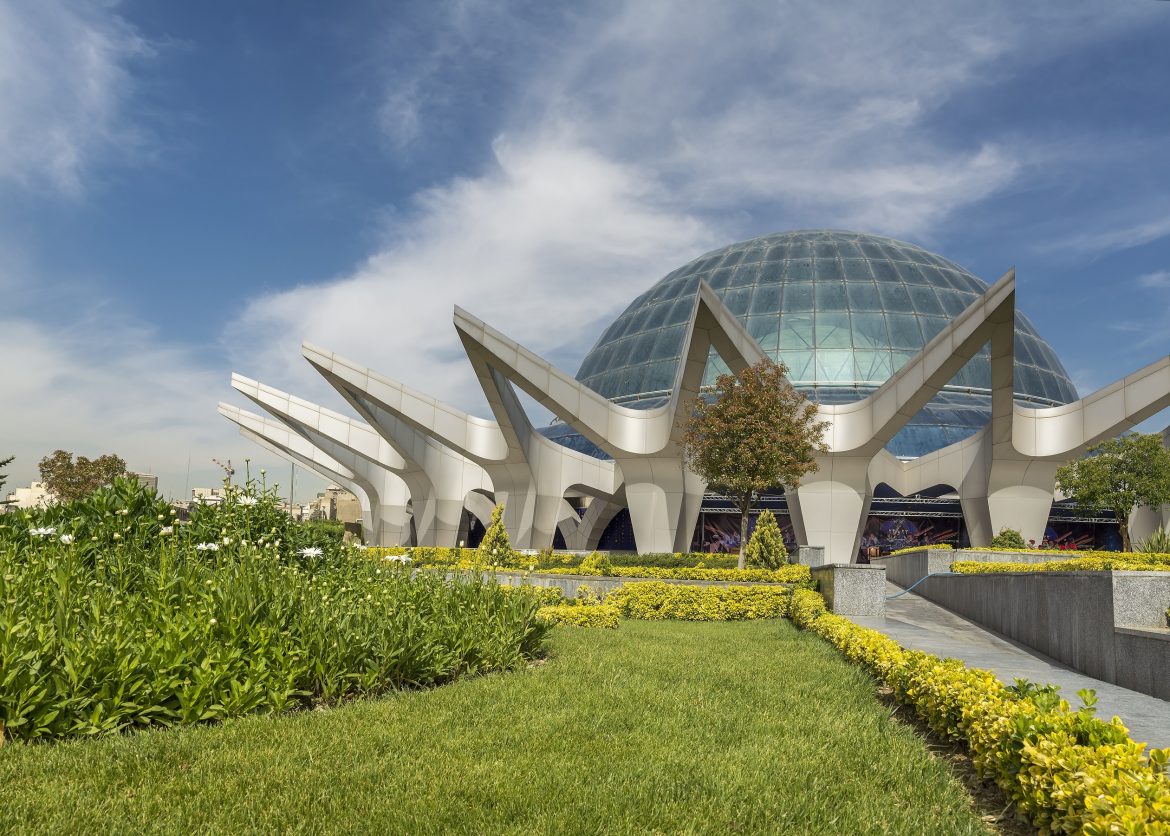
The Ibrahim Water and Fire Park, approximately 2.5 hectares under the management of Evan Caspian Pardis, was built in the northern part of Abbas Abad and was officially opened in 2009 by the then mayor of Tehran. The park, which lacked many benches, had tall towers overlooking the Abbas Abad hills, symbolic metal sculptures and heavy white curtains that resembled giant passenger ship sails. All were among the factors that made water and fire parks popular among Tehrani citizens.
Cheshmeh Ali is one of the ancient, sightseeing and tourist spots of Rey city located in south of Tehran and north of Rey, district 20 of Tehran municipality. This spring is located in the neighborhood of Ibn Babuyyah, Tower of Toghrol, Rashkan Fortress and below the Barrow River. Cheshmeh Ali passes through a large rock and flows south and then southeast. The ancient name of this spring is Surin, which is thought to refer to a large dynasty in the Parthian and Sassanid periods. Later, the name of the first Shiite Imam Ali became known as Cheshme Ali.
Cheshmeh Ali’s history goes back to 8000 years ago, when the first gathering was held at a hilltop near a permanent fountain. In the past, carpet salesmen and people in Tehran washed their carpets and rugs in the water, believing that the water in this spring is a feature that makes the carpet well clean and brighter and brighter in color.

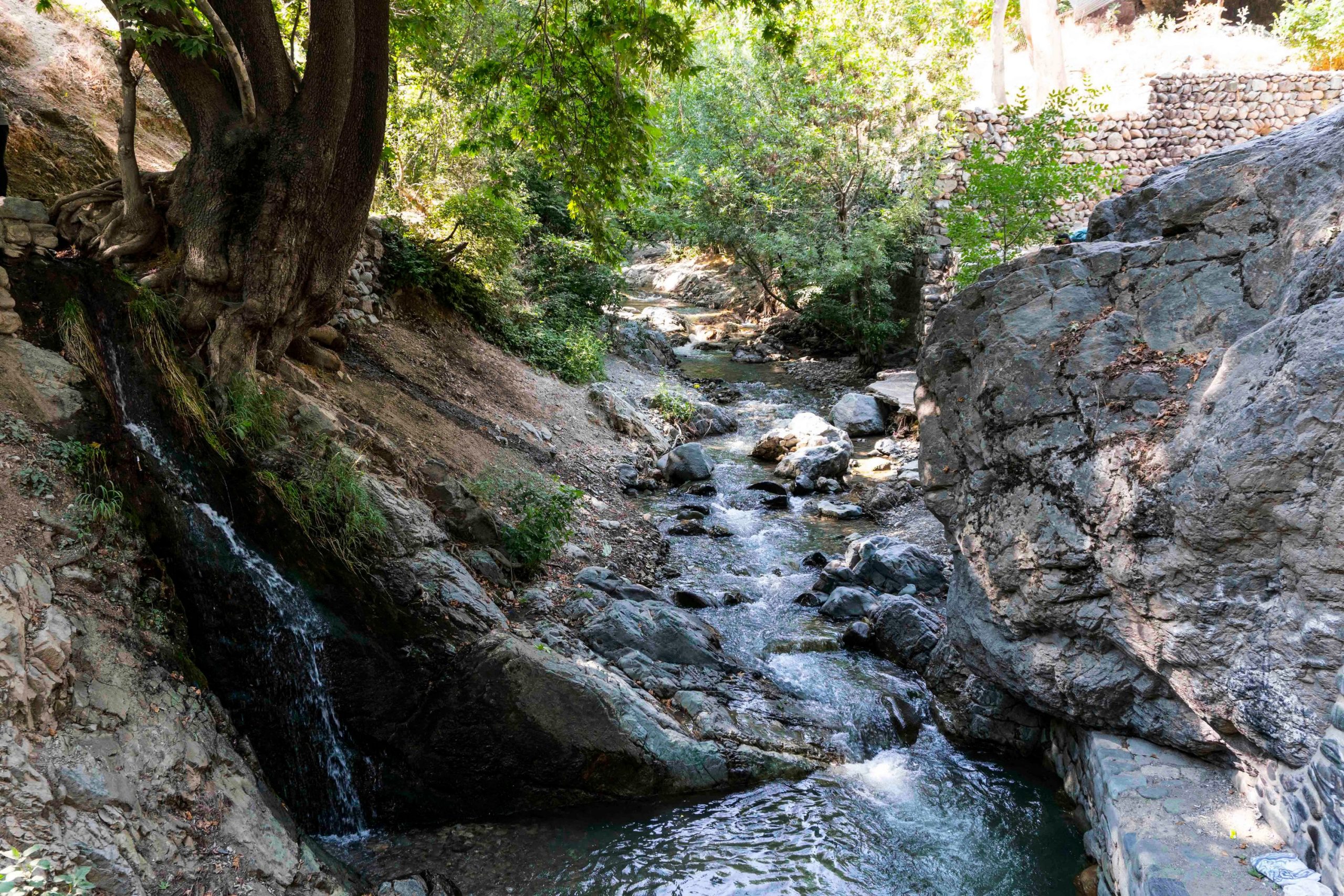
Darakeh, is one of the neighborhoods north of Tehran, the capital of Iran. Darakeh is near Evin and Velenjak neighborhoods. This neighborhood is one of the best places for hiking and trekking in Tehran due to its location on the northern slopes of Tehran. With the elevation along the valley path, there are noticeable climate changes. About 6 months of the year are cold and frosty, and the average temperature in the warmest months of the year does not exceed from 20 to 27 degrees. The average rainfall is about 500 mm per year and it is snowing at high altitudes.
Tochal Complex is in the northern part of Tehran province, about 3962 meters above sea level, which is part of the Alborz Range. Tochal means a small pond and lake, this is called Tochal, because it is next to a lake of natural ice. The southern peak of Tochal is adjacent to the city of Tehran and overlooks the city. This peak is located south of the central Alborz Mountains on the east-west ridge. Tochal Recreation Area is one of the people’s hangouts in Tehran due to good weather conditions.
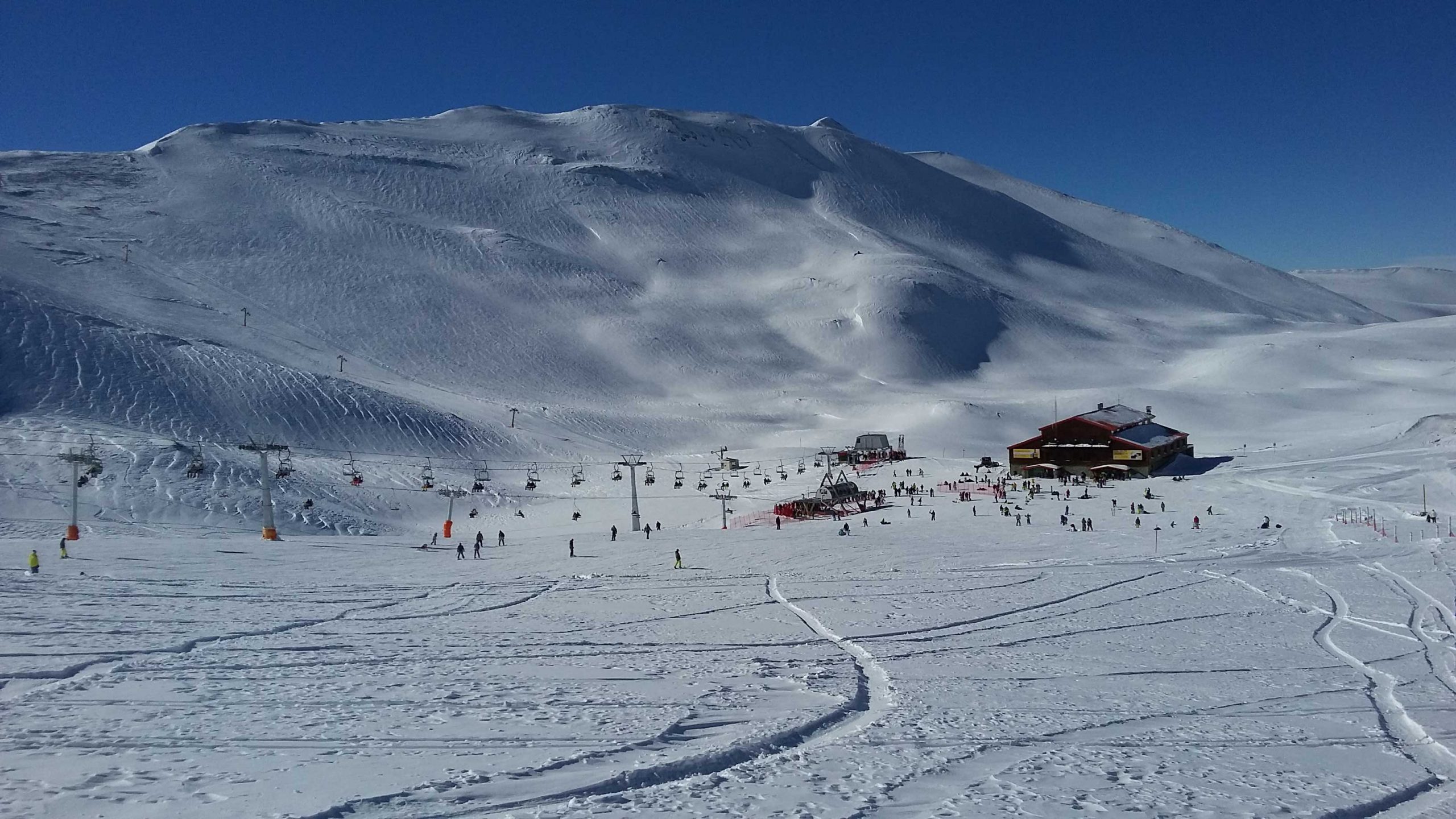
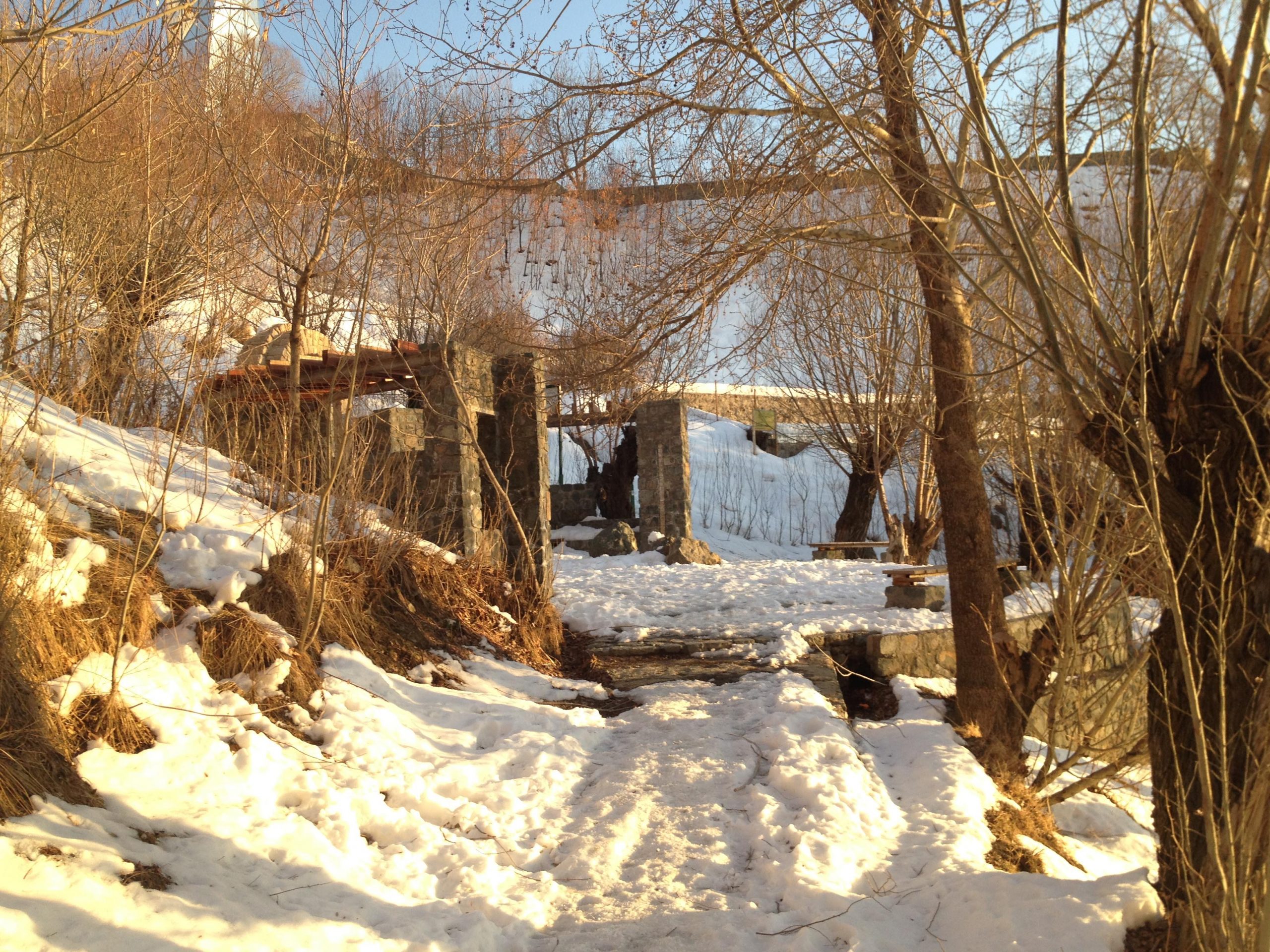
Clokchall is one of the Alborz Mountains located north of Tehran. The highest point on this mountain is called Colakchal Peak. The height of the Colakchal peak is about 3350 meters above sea level. The shelter has three access routes: Jamshidieh Bostan, Gulab Dareh and Vaz Bad valley, the most important of which is the Jamshidieh Park. Feyziyeh Street, which starts in the middle of Niavaran Street, is about 2 km long and eventually reaches Jamshidiyeh Park. The complex has several rows of trees and has facilities such as a pool, a mosque, a buffet, a toilet and more. It is about 5 kilometers from the start of the route to the shelter. You can relax in this shelter and continue on your way to the peak of Colakchal. If we want to continue our route to the peak, we need mountaineering equipment and experience. The other name of this complex is the Martyr Bahonar Student Camp.
Chitgar, or Imam Reza town, is a new phenomenon in Tehran’s 22nd district that has been transformed into a residential, recreational, office and commercial complex with new construction completed. Until a few years ago, the Chitgar area of Tehran was a rich vegetation park, which was later built alongside the pristine nature of an artificial lake. But for several years the Tehran municipality has decided to expand the area and now many skyscrapers have been built in Chitgar town. The presence of Chitgar Lake and Park and the west winds to the east of Tehran has made this area one of the most pleasant and humid areas of east Tehran. This has also made Chittgar town houses popular.
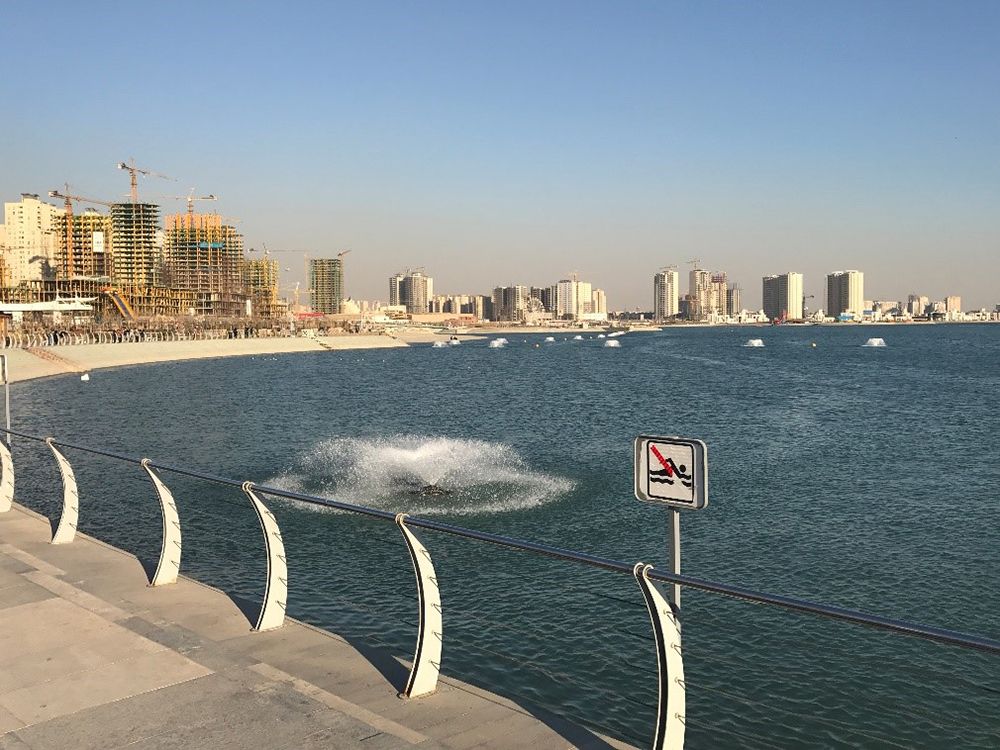
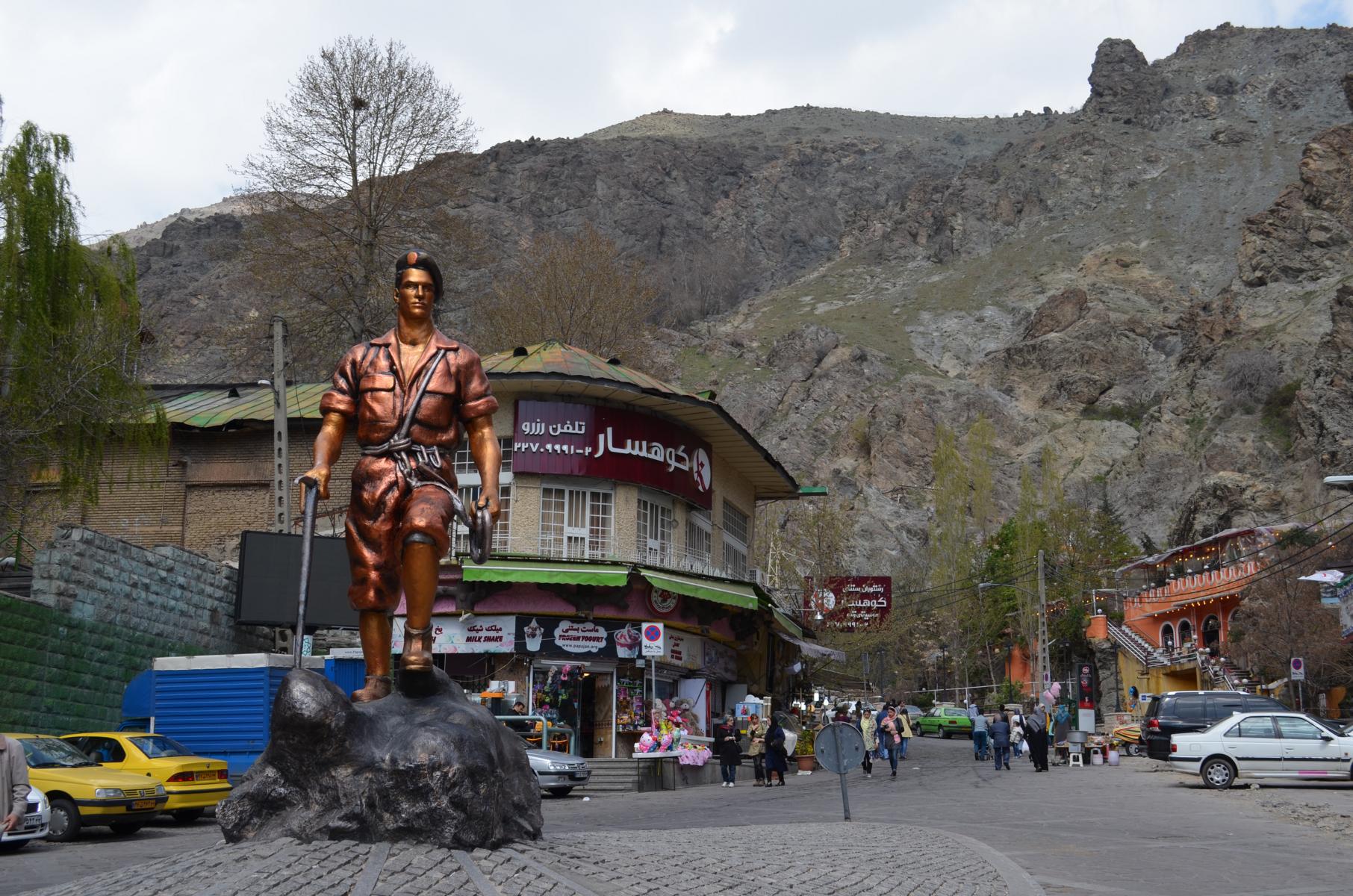
Darband is a great place for hiking, cycling and friendly appointments, watching the beautiful scenery as well as eating the delicious food that comes alongside this area. This recreational area, 1700 meters above sea level, is the main route to the central Alborz Mountains and every year many people reach the summit of the resort and other high peaks as they pass this beautiful and spectacular route.
Bame Tehran is the most famous part of Tochal recreation complex and is located at the highest point of Velenjak street. This attraction is very popular because of the magnificent view it gives you from the capital and its pleasant climate and pleasant environment. In recent years, great facilities have been added to the Bame Tehran for the well-being of tourists. These include new restaurants, a zip line, a Bame Tehran sled, electric midbasses to traverse the lower part of the roof to its upper parts.
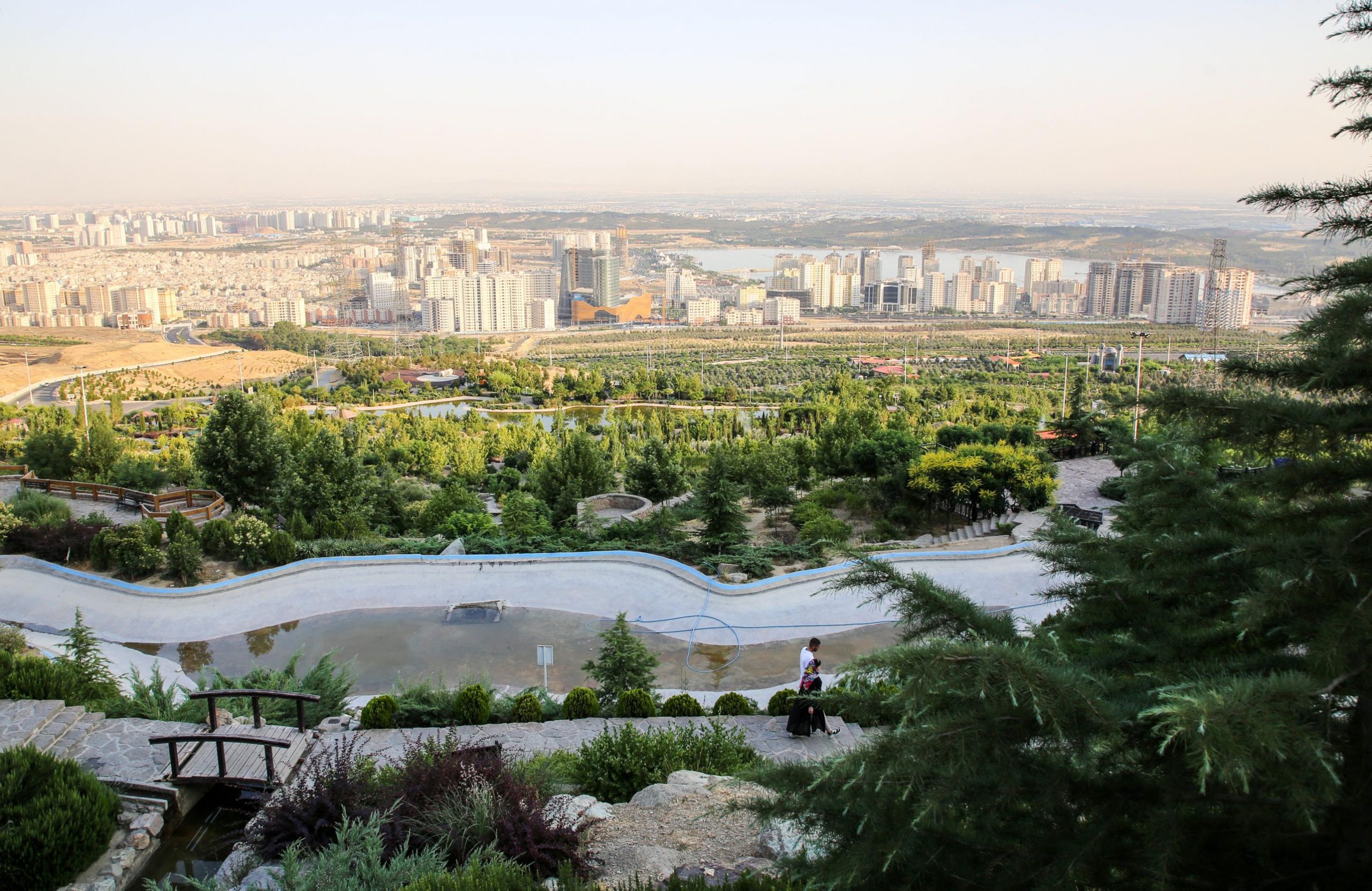
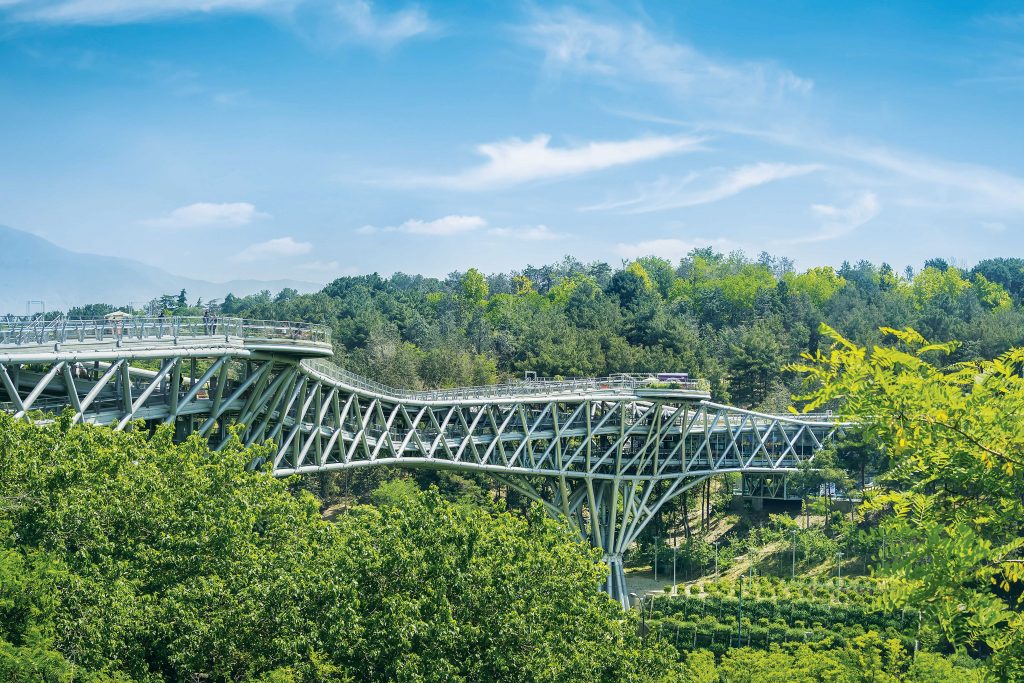
Tabiat Bridge is one of the tourist hub of the city of Tehran which has become a symbol of the city over the past few years. The most striking thing about Tehran’s Tabiat bridge is that although it is located between several major city highways and built right in the center of traffic and population, it brings a sense of being in nature and breathing. Nature Bridge is surrounded by four major highways of the city, namely Haqqani, Hemmat, Modares and Resalat. The bridge is built on Modarres Highway and connects Taleghani Park to the Ab-o-Atash Park. So you can reach the Tabiat Bridge by entering one of these two parks. Nature Bridge, Iran’s largest non-autonomous bridge, covers an area of 7,000 square meters and weighs 2,000 tons. The bridge was designed by Leila Iraqiyan.

